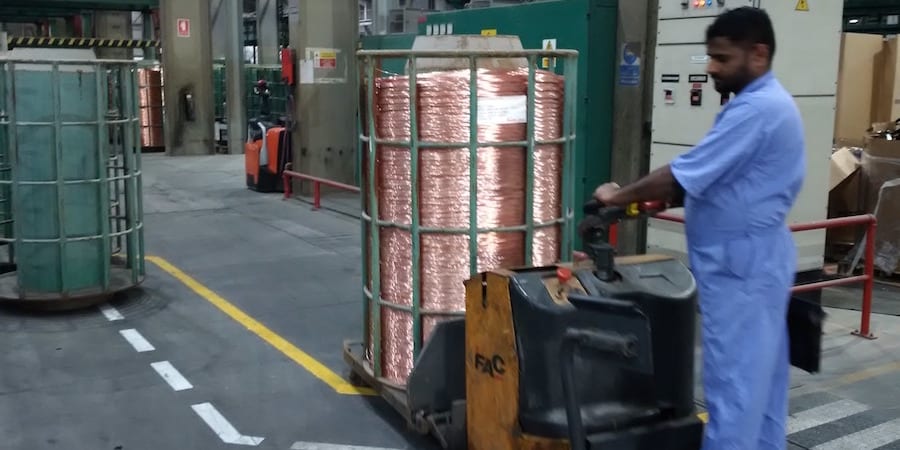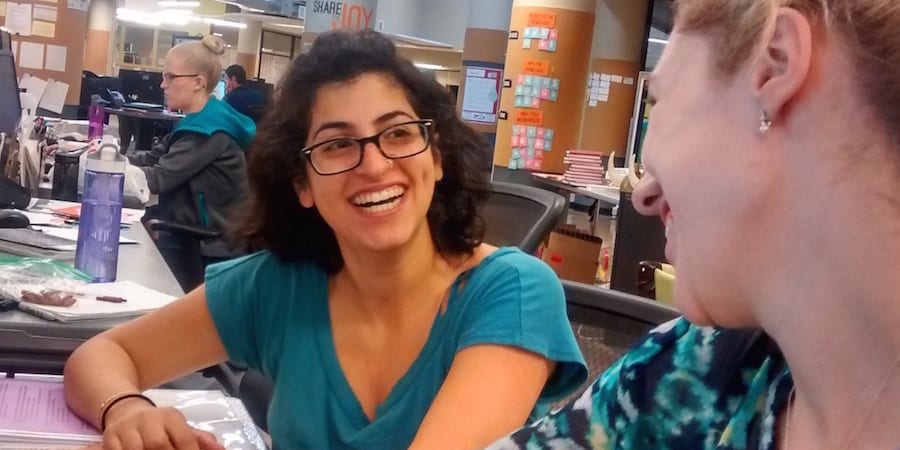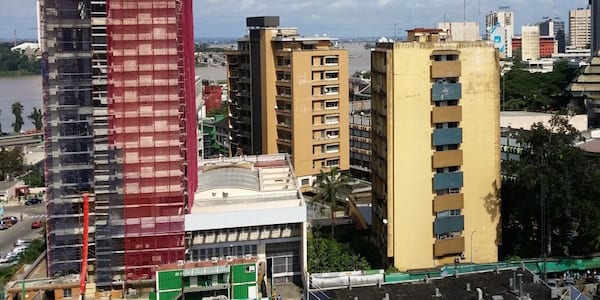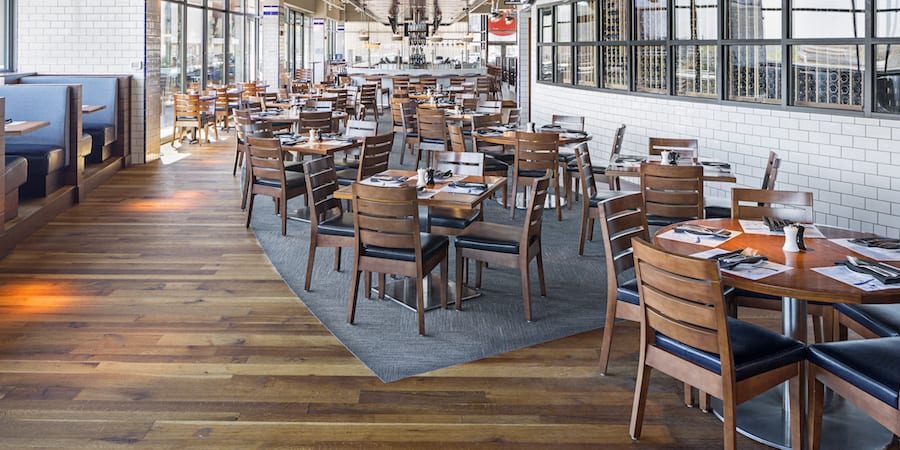
The improvement history of wire manufacturer Ducab
FEATURE – With an open-minded approach to improvement tools, a long history of quality and engaged top leaders, wire manufacturer Ducab aims to fulfil the strategic needs of the Emirates.
Words: Hassan Omar, Chief Operating Officer, Ducab
Ducab’s journey of quality started long ago. We ran our first experiments with kaizen and 5S 18 years ago, inspired by the work of Masaaki Imai, before introducing – a couple of years later – six sigma. At one point we had over 200 green belts and 7 certified black belts.
There is no doubt that over the past two decades we have built a strong brand: we supply some of greatest projects in the United Arab Emirates, from a new terminal in Abu Dhabi’s airport to the Barakah nuclear power station. Thanks also to our improvement work, we are known in the region for the quality of our products and our diversified range. However, we slowly started to realize that the majority of our improvement projects were limited to manufacturing.
Five years ago, I met Sam and Deborah Salimi of the Lean Gulf Institute at a conference and they told me about lean thinking. I was immediately struck by the simplicity of its message and by how it speaks to the non-technical. You don’t have to be an expert in statistics, or in manufacturing, to think lean – we finally had an approach that could be used by everybody in every department, not just by certified people working on the production floor.

We knew that techniques like A3 and value stream mapping could become a common language for our business. Indeed, now that we are making lean part of our daily way of working, its vocabulary is everywhere in Ducab – including the top table! Having senior managers discuss lean and understand it is our strategy going forward. It is the best result we could hope for, because it means the direction of the company is shifting towards a more holistic view of what we do, which includes quality of the service we provide (not just of the product we manufacture). We are changing the direction of Ducab.
KAIZEN, SIX SIGMA… OR SIMPLY PROBLEM SOLVING?
All the tools and methodologies we have used along our improvement journey eventually come down to what I like to call “universal problem solving”: we are not fanatics about specific approaches, but simply use the combination of ideas and principles that better serve our purpose – no matter what “methodology” they belong to. Rather than blindly follow a pre-determined sequence, we now know why we are using certain tools. Along the way, as our understanding increased, we have experienced a shift: at first, for example, we used to see 5S as nothing more than keeping the place clean, whereas now we know the deep implications of visual management. It is no longer a tool, but the way we run our business. We have come of age as lean thinkers, so to speak.
Critically, it all changed when we started to see the process. Our people know they are part of a chain, of a value stream, and understand their contribution to the products and services we offer. They are no longer thinking in terms of their areas or departments, but in terms of optimizing processes around the requirements of the supply chain. One of the most successful improvements in this sense was the one that allowed us to process 50% more quotes than before by increasing the level of engagement between the technical and the commercial sides of the business.
This cultural transformation called for our behaviors as leaders to change first. We are trying to set the right example to help people see that we are all connected in building the future of Ducab. I have been going on gemba walks for years, and on many occasions our managers have painted the walls and cleaned up the shop floor with our people on weekends.

Besides being directly involved in the improvement work being carried out, we have also started to make lean projects a critical part of our yearly plan. We ask people how we can eliminate waste, or how we can redesign a business process using lean principles and tools. We must be there for them as they formulate their answers. We must support them, leveraging the cornerstone of our work: our commitment to quality.
Without standards there can be no quality. We want to ensure that standards are the way in which we operate and think: not only do we apply them to our production process but also to the way we organize our activities for the year ahead. We used to have different formats in which plans could be submitted, whereas now A3s are the vehicle. I will not acknowledge a plan unless it comes to me in that format.
As managers, we have to be tenacious, because lean can be difficult to grasp at first. We must insist and help people to see. We have learned that to overcome resistance you need the involvement of top management in lobbying people, providing them with examples, and showing results. The difficulties we sometimes experience with commitment are natural and common to all organizations. More importantly, they are more about change management than they are about lean thinking.
We have now shifted from using tools for localized improvements to developing a new strategy for Ducab, one that is based on continuously improving to be more effective in meeting customer requirements. How can we become the number one choice for our present and future customers? This is the question we ask ourselves. And the answer is helping lean become the lifeblood and the common language in our organization.
A PARTNER TO THE COUNTRY
The UAE has changed beyond recognition since it was created 45 years ago, and infrastructure has played a massive role in this transformation. Dubai now has two airports, and a massive port. Our infrastructure network is growing at a fast and steady rate and, since it was founded in 1979, Ducab has presented itself as a strategic partner in infrastructure development for the United Arab Emirates.
Today we are working on a number of very large projects of great strategic importance for the country. But becoming more than a simple supplier wasn’t easy. It called for a very proactive approach to meeting its requirements.The rate of growth and diversification of the UAE is what is fuelling our innovation. For instance, we are the first company in the UAE to manufacture copper. But now that aluminum has become more appealing we are building a $60 million aluminum plant in Abu Dhabi. When completed, it will have the capacity to produce 50,000 metric tons of aluminum rod and overhead conductors annually.
We have also been doing a lot of work in new product development, to create a sound strategy for a strong R&D department. This entailed redesigning the process in which we develop new products: we have used lean to streamline it, from design to launch. We are always trying to keep an eye on the market to understand how the requirements will change in two to three years and what products our clients will expect.
We try our best to anticipate what the country’s cable needs will be in the future. Competition in the Gulf is growing, and the pressure is mounting. Being lean has become a necessity in this very dynamic environment.
THE AUTHOR

Read more


COLUMN - Menlo Innovations may not define itself as a "lean organization" but there is no doubt that its management style is akin to the principles lean teaches. Here, a front-line Menlonian shares her thoughts on the company's culture.


OPINION – A trip to West Africa to deliver a lean workshop prompts Anton Grütter, CEO of Lean Institute Africa, to reflect on the meaning of the Andon cord.


INTERVIEW – An American group of restaurants is experimenting with the application of lean thinking in its kitchens and dining areas. Planet Lean had a word with the chefs to see what’s cooking.



FEATURE - All too often, A3 thinking is perceived as a prescriptive approach rather than a series of questions that progressively deepen our understanding of a situation. So what is problem solving really about? And how do we ensure it takes root across the organization?

